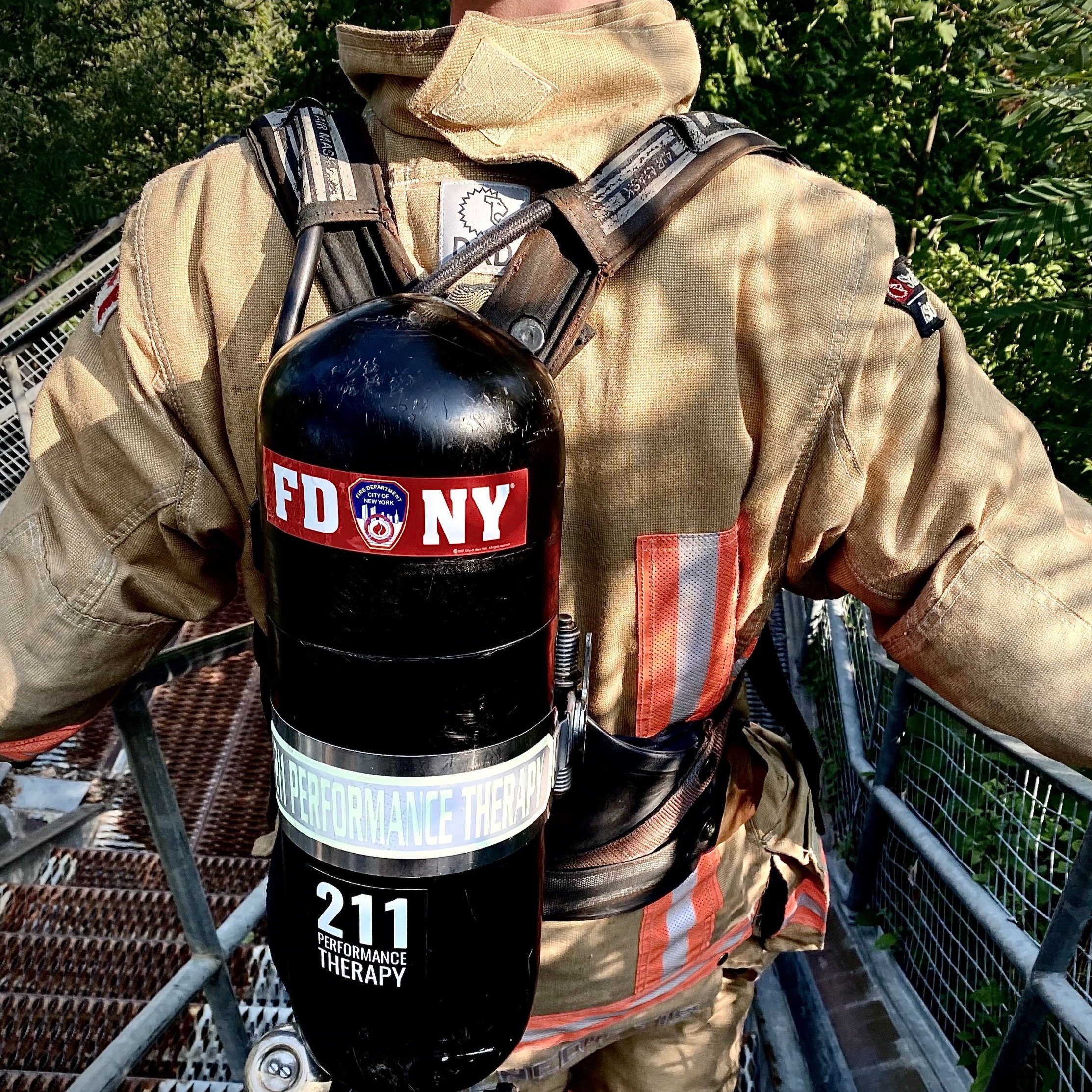Bigger is Better…Right?
The Impact of SCBA Reduction in Capacity and VO2 Max for Firefighters
In the ever-evolving world of firefighting, the need for efficient and reliable self-contained breathing apparatus (SCBA) is paramount. These lifesaving devices provide firefighters with a constant supply of breathable air, allowing them to operate effectively in the hazardous environments they encounter. However, recent developments have led to concerns about the reduction in firefighter capacity wearing SCBA and its effect on firefighters' VO2 max.
Some fire departments have opted to switch to larger 60 minute SCBA bottles, assuming that more air means more time for firefighters in the hot zone. While this may seem like a logical solution, it is important to consider the consequences of added weight on firefighters' physical performance and overall capacity.
Firefighters undergo rigorous training to maintain high levels of fitness and endurance. Their cardiorespiratory fitness, measured in terms of VO2 max, plays a crucial role in their ability to perform under extreme conditions. However, when carrying heavier SCBA bottles, firefighters are significantly burdened in terms of both weight and restricted range of motion on the thorax. This increased load can lead to a reduction in their VO2 max and limit their capacity to sustain physical activity for extended periods.
Just as firefighters face challenges in their line of duty, the world of climbing also presents unique demands on individuals. Let's draw a comparison between an expeditionist mountain climber and an alpinist climber to shed light on how equipment choices can impact physical performance.
An expeditionist mountain climber typically embarks on lengthy and arduous expeditions, where endurance and carrying capacity are key factors. They tend to prioritize durability and sustainability in their gear choices, as they require large quantities of supplies to sustain themselves for extended periods. Carrying heavy packs with essential equipment, food, and extra clothing is crucial to their survival and success.
On the other hand, an alpinist climber is more concerned with moving quickly and efficiently through challenging terrain. They prioritize speed and agility, opting for lighter gear that doesn't hinder their mobility or slow them down. Alpinists focus on carrying only the essentials, shedding unnecessary weight to enhance their physical performance and minimize fatigue.
Similarly, finding a balance between safety and performance is crucial for firefighters. While increasing SCBA capacity might seem like a logical step to extend their time in hazardous environments, it also imposes physical burdens that can have adverse effects on their capacity and endurance.
Fire departments must carefully evaluate the impact of increased weight on firefighters' overall performance and adaptability. Exploring innovative solutions that maximize breathing capacity while minimizing physical strain and fatigue is paramount. Lightweight yet robust materials, ergonomic designs, and advancements in technology can assist in achieving this delicate balance.
In conclusion, the reduction in SCBA capacity and its effect on firefighters' VO2 max is a matter of serious concern. While larger SCBA bottles may provide more air supply, the added weight can hamper firefighters' capacity and increase their time in the hot zone. By taking inspiration from the world of climbing and considering the specific needs of firefighters, it is imperative to find innovative solutions that prioritize both safety and performance to protect those who risk their lives for the well-being of others.

